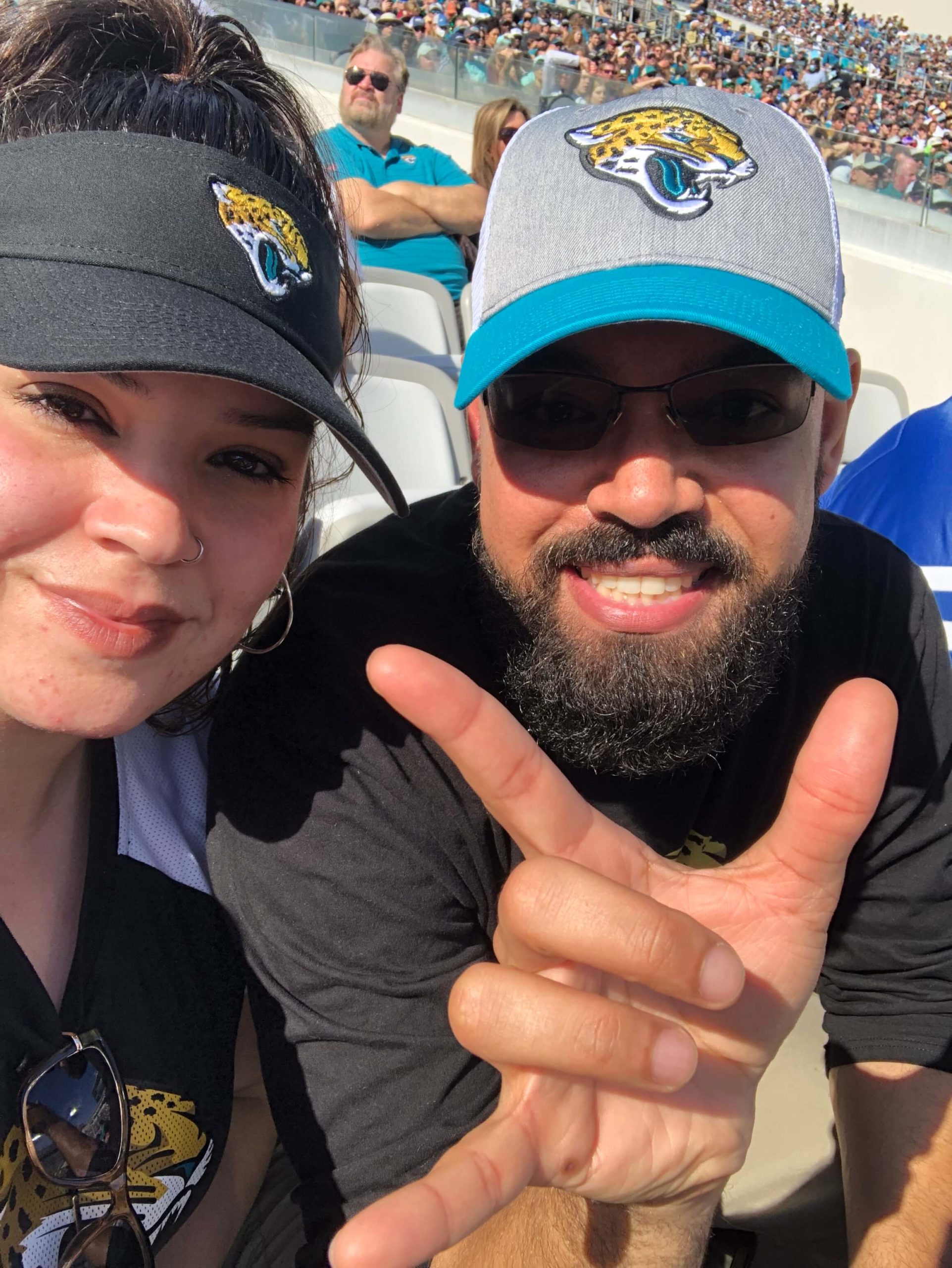Published: June 21, 2022

The biggest issue facing Veterans during transition isn’t just a lack of resources. And the solution isn’t one-size-fits-all.
Many in the field have tried to pinpoint one exact causality for the difficulties service members trading in their combat boots experience. However, if there’s one life-altering thing 1989 gave us, besides the 486 microprocessor — it’s the term “intersectionality.” Professor Kimberlé Crenshaw coined this term, which she explains “is simply about how certain aspects of who you are will increase your access to the good things or your exposure to the bad things in life. It helps us clearly see how social identities work on multiple levels, and the impact that has in shaping unique experiences, opportunities, and barriers.
Take Actrid, for example. She’s a Latina, mother of three, and Marine Corps Veteran and spouse from the Bronx in New York. The multiple layers of her identity affected why she joined the service and why she left.
“I chose the military because I did not see a bright future for myself,” Actrid explained. “I needed a change and a hopeful future. The opportunities the military provided for me were […] an education, a sense of belonging and pride, a community, belief in myself, confidence, a family outside of my own.”
Despite all of the hopes and realizations for a brighter future, Actrid left the Marine Corps. For her, it was the inability to pursue the medical profession during her time in service.
While reasons for leaving the military vary greatly, the 2021 Military Family Lifestyle Survey (MFLS) found one component of intersectionality at play: job satisfaction for people of color. Compared to their white active-duty peers, respondents of color were less satisfied with their opportunities for advancement, promotion, and increasing their skills. The survey report goes on to mention, “Although service members who are dissatisfied may not be able to leave right away due to the time remaining in their current contract or orders, it appears likely they will leave if conditions do not improve.”
Actrid shared that additional family factors influenced her decision. “Having our children spend most of their upbringing at the CDC was challenging as parents who really wanted to impart and raise them on our own,” she said. “But our schedules would not allow for that.” Even though Actrid ended up leaving the Marine Corps, her husband continued to serve for several more years. Still, finances kept them both from immediately pursuing their higher education goals, and she went on to explain that the transition process continues to be difficult for her — even years after.
And she’s not alone. The majority (65%) of post-9/11 Veteran respondents to the 2021 MFLS rated their own transition experience as “difficult.” For Actrid, the transition process featured specific challenges.
“The fears I had for the transition process were financial stability, medical and dental coverage, finding a community to connect with, and mentally preparing to be a part of the civilian world, and how and if we would fit in,” Actrid said. “Not every MOS [military occupational specialty code] transfers to a civilian job. [Here] you’re treated like some regular joe-schmoe, and getting paid way less than what was earned in the military, making it difficult to sustain your family and expenses.”
For Veteran respondents to the 2021 MFLS, employment was a “Top 5” issue. Actrid suggests that more work is needed to get civilian employers to match transitioning Veterans’ salaries, better rates for medical/dental coverage, and more overall employment and advancement opportunities.
She’s certainly onto something. In fact, did you know that a higher proportion of post-9/11 Veterans experience adverse financial outcomes, compared to Veterans from other eras? According to the 2021 MFLS, about half (53%) of post-9/11 Veteran respondents indicated that they are experiencing financial stress, which they attributed to excessive credit card debt (30%), spouse under/unemployment (24%), major home repairs (23%), and student loans (22%).
For Actrid and her now transitioning spouse, the work continues to complete their assimilation into civilian life. “I am studying to become a registered nurse and will eventually become a certified registered nurse anesthetist (CRNA),” she shared. “My spouse is studying to become an art teacher and hopes to become a successful entrepreneur selling his own art work.”
So, what’s being done to positively improve the transition experiences for Veterans? For starters, Blue Star Families works with hundreds of service organizations to provide resources for military- and Veteran-connected families of all backgrounds, branches, and experiences. Through the stories and perspectives shared by respondents to the MFLS, we can gain an understanding of your needs and how to meet them. In this case, the survey helps us break down all of the components of intersectionality that influence each respondent’s experience.
To share your story and impact change for your family and the broader military and Veteran community, take the 2022 Military Family Lifestyle Survey today.
Posted In: Military Family Lifestyle Survey
